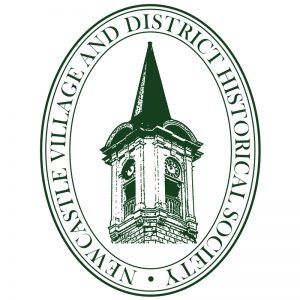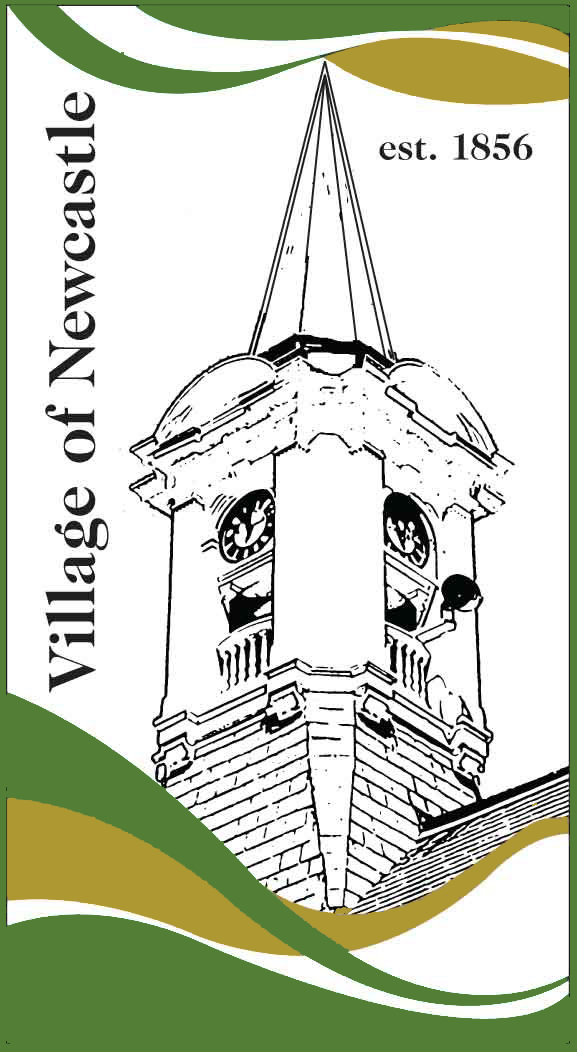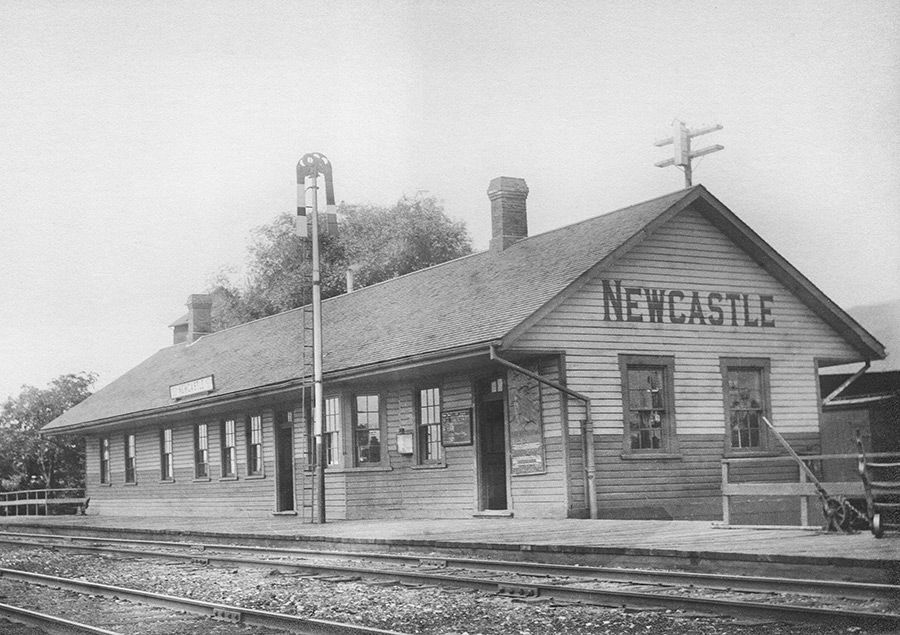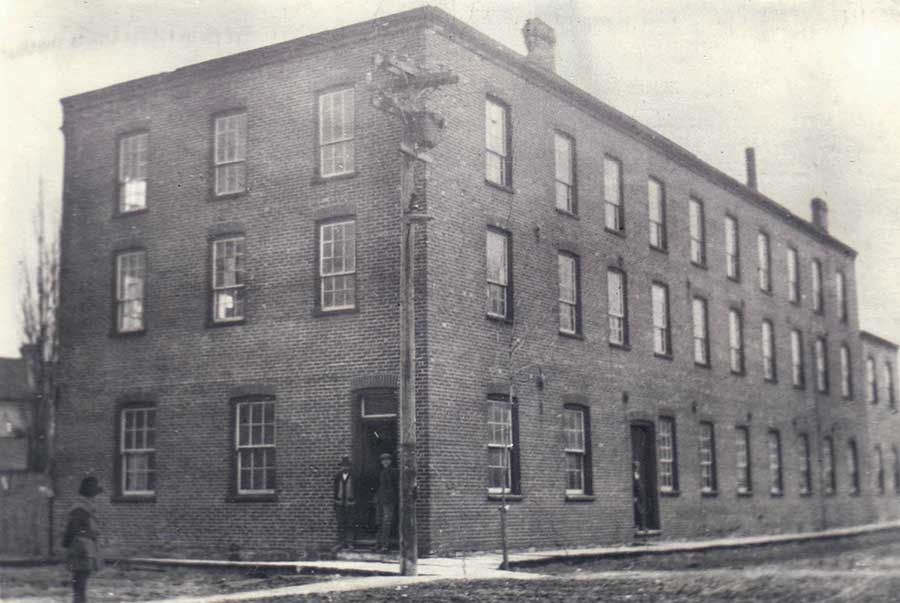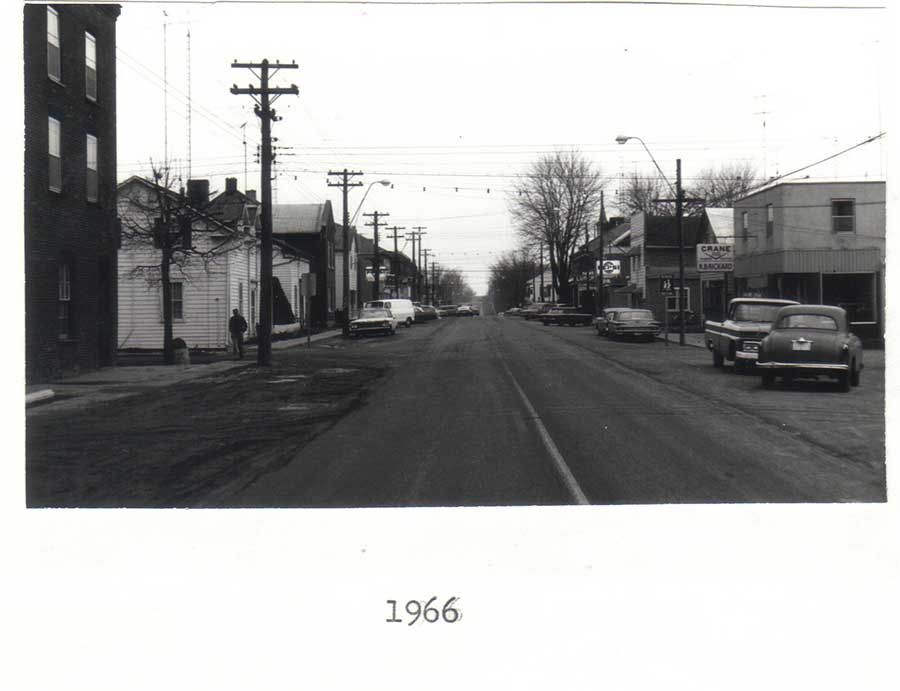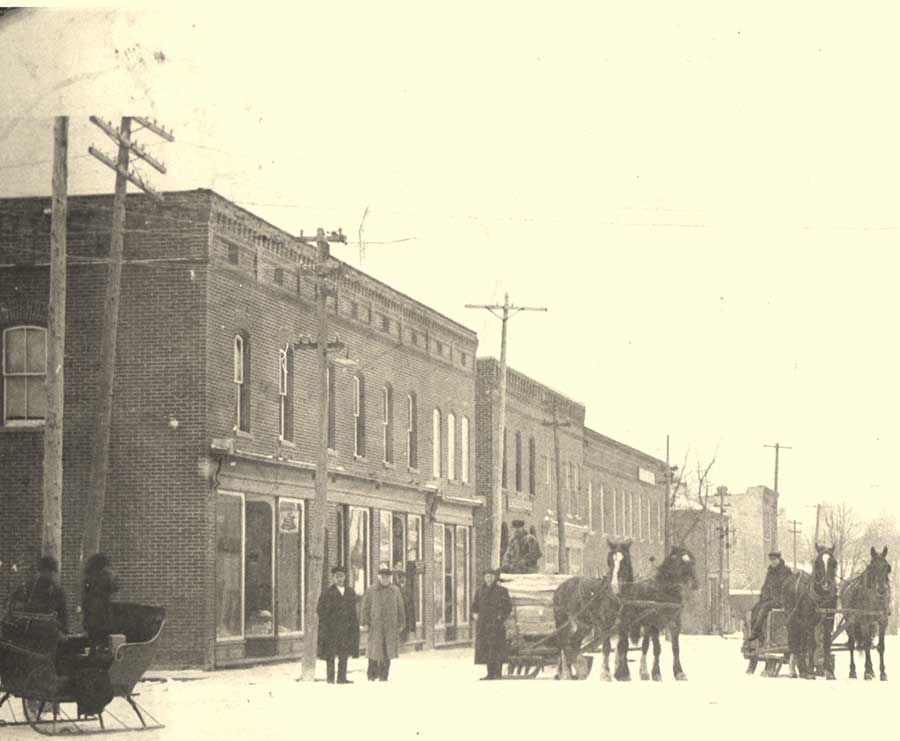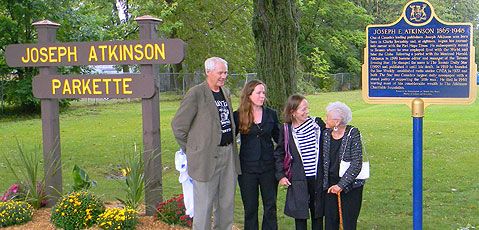History
Main Street, Newcastle, Ont., Canada.

History
The Historic Village of Newcastle
With its phenomenal growth in recent years the history of Newcastle Village is a popular topic. Many new residents are eager to learn fascinating facts and long-time residents are interested in preserving the past of their community. Newcastle has seen times of growth before and it has been through tough times too. Newcastle’s history also includes the community of Bond Head along the shore of Lake Ontario. These two communities grew into the Newcastle we know today and it was here that some of the most important pioneers chose to settle.
In 1796 Richard Lovekin came from Ireland to settle in Clarke Township near where the Village of Newcastle would one day stand. He came to an unbroken pristine wilderness. Large trees obscured the sun at midday and wild animals were plentiful. The Lovekin Family still live on their original farm. They have been on this land for 215 years! This is the longest tenure of a property owned by one family in Canada outside of the Province of Quebec.
Newcastle Settlement
The settlement of Newcastle proper began in 1833 when Stephan Crandell opened a tavern in the forest.
This was near the present King Ave and Mill Street intersection. In 1835 he was joined by Ezra Shelley who opened up a shop nearby. This little settlement became known as Crandell’s Corners and about the same time another community to the south, Port Bond Head, began to grow. In 1839 work began on a pier by the Bond Head Harbour Company. The directors envisioned a large community with a busy harbour, but it never overtook Crandell’s Corners. Crandell’s Corners, soon to be renamed Newcastle, was strategically located on the Danforth Road (present day Highway # 2). This was the main east west thoroughfare. Also, some settlers felt the lake marshes were conducive to fever and sickness and stayed away from the lake front. In 1851 the two communities, Bond Head and Newcastle amalgamated as the Village of Newcastle. Although Bond Head retained its original name, in common usage it was referred to as Port Newcastle or Newcastle Harbour.
The Village Grows
By 1845 Newcastle boasted over 300 people
By 1845 Newcastle boasted over 300 people, 2 churches, 8 stores, 1 druggist, 2 tanneries, 2 taverns, 1 axe factory, 2 saddlers, 4 blacksmiths, 2 wagon makers, 4 tailors, and 2 shoemakers. The growth was spurred on by the arrival of the Grand Trunk Railway in 1856. Northrop and Lyman, a large patent medicine business, began here (Henry S. Northrop’s house can still be seen at 261 Mill St. S.).
One of the largest woollen mills in Upper Canada was built here, but it was short-lived. As well, Daniel Massey set up his implement shop in town and it grew so much that by 1879 they had outgrown the village and moved to Toronto (The main building from the Massey complex is now apartments and is located near the Foodland grocery store). Northrop and Lyman also moved to Toronto and the Woollen mill burned. The population of the village had grown to over 1200, but as the larger industries left the population dipped to under 800 people. In 1896 two fires destroyed most of the downtown and Newcastle’s future as a sleepy village was ensured.
Historical Plaques
Newcastle is home to more Provincial Historical Plaques than anywhere else in Clarington.
This was near the present King Ave and Mill Street intersection. In 1835 he was joined by Ezra Shelley who opened up a shop nearby. This little settlement became known as Crandell’s Corners and about the same time another community to the south, Port Bond Head, began to grow. In 1839 work began on a pier by the Bond Head Harbour Company. The directors envisioned a large community with a busy harbour, but it never overtook Crandell’s Corners. Crandell’s Corners, soon to be renamed Newcastle, was strategically located on the Danforth Road (present day Highway # 2). This was the main east west thoroughfare. Also, some settlers felt the lake marshes were conducive to fever and sickness and stayed away from the lake front. In 1851 the two communities, Bond Head and Newcastle amalgamated as the Village of Newcastle. Although Bond Head retained its original name, in common usage it was referred to as Port Newcastle or Newcastle Harbour.
Historical Plaques
Clarington Museums and Archives
By 1845 Newcastle boasted over 300 people
The museum has extensive local holdings that cover all of Clarington. Research fees range from $10.00 per request for visitors to $25.00 per hour if you’d like us to do the research for you. But, it doesn’t cost anything to call our archivist to inquire if we can help you with your historical or genealogical research. For local history and genealogy requests contact the Clarington Museums and Archives. For general inquiries email info@claringtonmuseums.com or call 905-623-2734
“Article courtesy of Charles Taws, formerly of Clarington Museums and Archives”
The Newcastle Village and District Historical Society
If you would like to get a glimpse into some of Newcastle’s history, visit the Newcastle Village & District Historical Society located in the original library inside our Community Hall. The Society is open Tuesday and Saturday mornings from 9:30 to 12:00 pm and holds some unique and intriguing local artifacts as well as many historic records and photos. Consider becoming a member (for as low as $10 a year) to receive quarterly newsletters featuring articles on the history of Newcastle. Membership includes the opportunity to attend evenings with guest speakers.The room is open to anyone at no charge and volunteers are available to help with research you may be doing.
Visit their website here
20 King Ave W., Newcastle – within the Newcastle Community Town Hall
https://newcastlehistorical.ca
